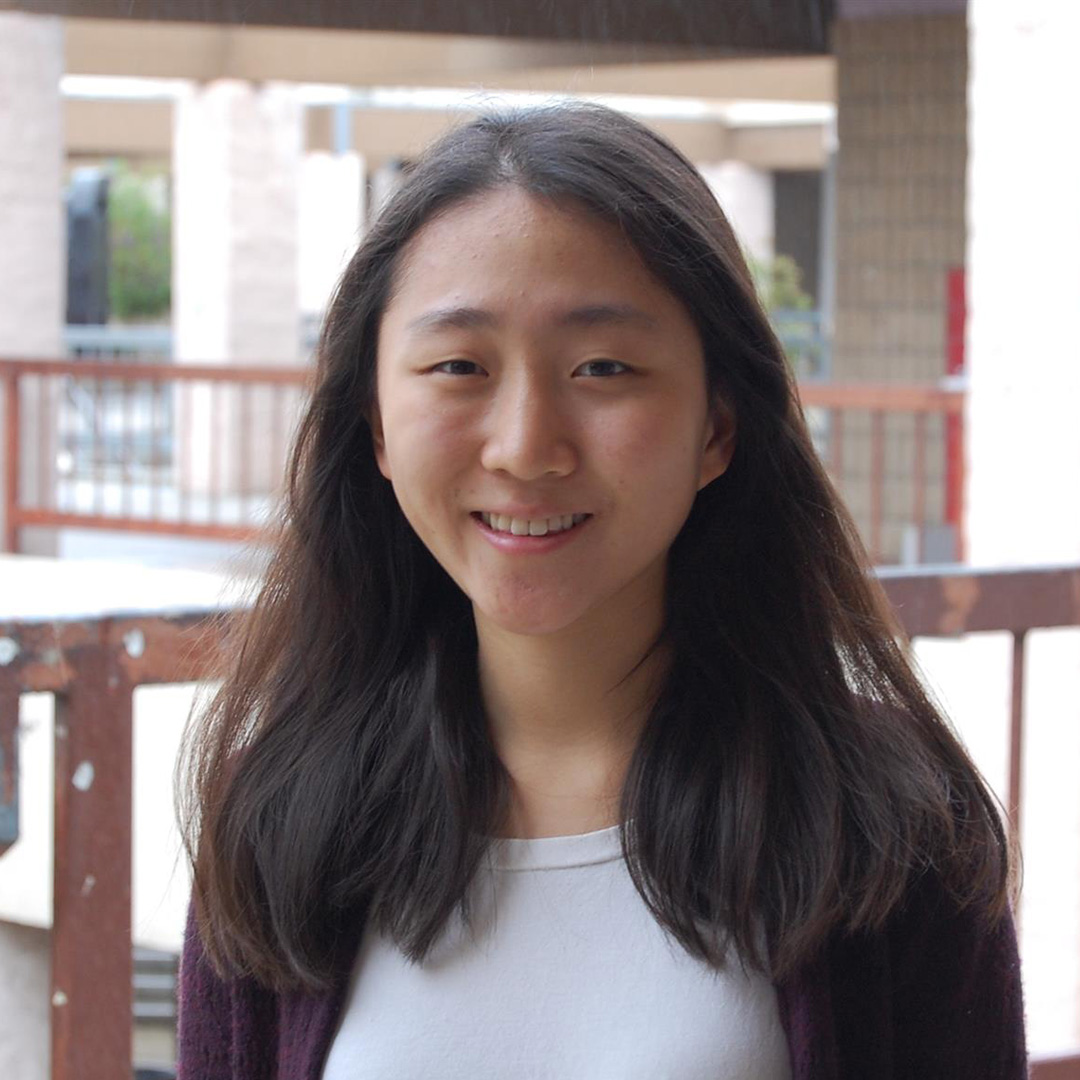Everyone who casually walks into her office is greeted with a smile and a friendly, “Hey, how are you doing today?” She doesn’t seem disturbed by the noise level in the background. Rather, she seems to love the voices of the students which sometimes drown out her own.
The individual behind this cheerful façade is none other than Kim Earhart, a history professor at Mt. SAC.
Earhart landed her job at Mt. SAC in 2005 after teaching as an adjunct professor at UC Riverside, Mt. San Jacinto College and the University of Redlands. However, Earhart hasn’t always lived in southern California—she moved here from Missouri at the age of 15, which played a role in her future career choice.
“I grew up in Missouri. In Missouri, in the Midwest and kind of in the East, history is very visible. There are markers when you drive down the highway. The Civil War was fought in parts of Missouri, so growing up, it was just always there,” she said. “I grew up in Independence, which is where Harry S. Truman was born, so there was the Truman house there, the Truman library, so I was always surrounded by it. I also love to read, and to me it was just a bunch of stories about people. That’s kind of drawn me to it in that way. I don’t remember ever not liking history.”
After Earhart graduated from high school, she enrolled in Riverside Community College, then transferred to UCR to study history. By the time she finished her undergraduate studies, Earhart married her high school sweetheart and went on to graduate school.
However, Earhart knew something wasn’t right. She’d see women and think they were attractive. But she was already married to her husband, and Earhart didn’t think there was a possibility that she was gay.
“In the 80s and early 90s, there weren’t really models for LGBT people and I didn’t really have anyone to look up to,” Earhart said. “It’s not just that I didn’t know I could be gay, but it just didn’t seem like a possibility for me.”
But as the saying goes that you eventually meet your one-to-be some way or another, at UCR, Earhart met a fellow graduate student named Ann. They became good friends and it wasn’t long before Earhart discovered her feelings for Ann.
“I realized I loved this person in a different way than I thought I loved the person I was married to,” she said.
And by the natural way of things, Earhart divorced her husband and moved in with Ann. That was in 1999. They have been together now for about 18 years.
Those long years they’ve been married have been a big help in allowing loved ones and people around Earhart—even the more conservative ones—to fully accept the couple.
“I think it’s that old adage that if you know somebody, it changes it. They love me, and the fact that Ann and I have been together for nearly 20 years enables them to think, ‘Oh, this is okay and like anybody else,'” she said.
Earhart emphasized that she was very lucky—the community she came out in was supportive, as were her and Ann’s parents.
“I was really lucky. I think part of it is that we’re in California. My parents – to their credit – were open and so were Ann’s parents. I didn’t get any pushback from any family or friends. But again, I was lucky and that’s not always typical,” she said.
Although Earhart arguably isn’t part of a conventional family, she certainly has been lucky. When California voters voted for gay marriage, she jumped on the opportunity and got married to Ann.
“June 17, 2008 was the first day gays could get married, so we went that day, got married on the very first day at one in the afternoon. I had a feeling that it wasn’t going to last, that they were going to take it away,” she said.
Sure enough, California voters overturned gay marriage in November, with Prop 8. However, since Earhart had gotten married in the five-month window, her marriage was valid. Her streak of luck continued all the way to when she and Ann decided to have a baby.
“When Kaiser called and asked for the father, I said, ‘Well there’s a biological father, but he’s an anonymous donor, and I’m married to a woman, and she’s the other parent.’ And because we were married, her name is on the birth certificate,” Earhart said. “If we weren’t married, she would’ve had to have adopted him, it would’ve cost several thousand dollars, we’d have had to go to the court system, and so that right there was to me, ‘Okay, this is why we need gay marriage.'”

Although coming out and living life as part of the LGBT community was a bit easier than most, Earhart is still aware of the difficulties that come with identifying as LGBT.
“I think there’s this belief that it’s so much easier now because in the 90’s, we didn’t have models. AIDS was a lot scarier. So I think there’s a sense now that it’s easier because there are more models, AIDS isn’t the death sentence, and I think that’s not fair. I think that makes it even harder in some respects, for people who are struggling to come out,” she said.
Earhart wants gay youth to look to history to understand that there is always room for improvement and that progress always comes in time, even though they may be struggling now.
“There’s power in history. To see all of those that came before us, that for them, we’re their better,” she said. “I think there’s power in sharing their stories to encourage the people who are here now.”



